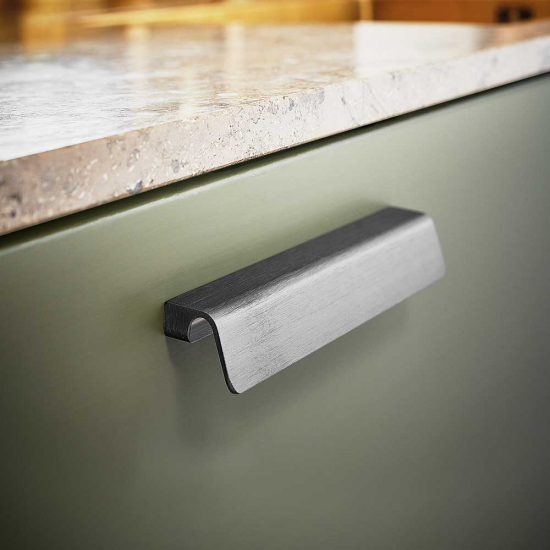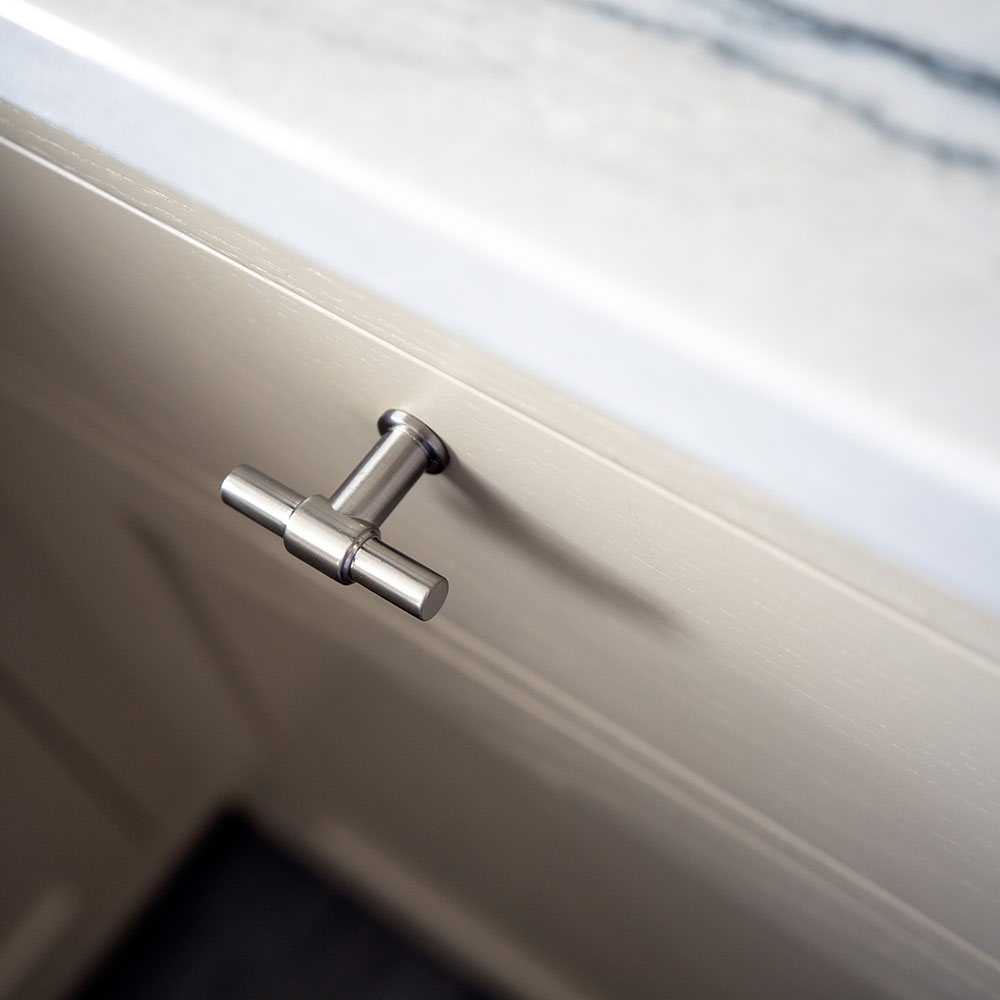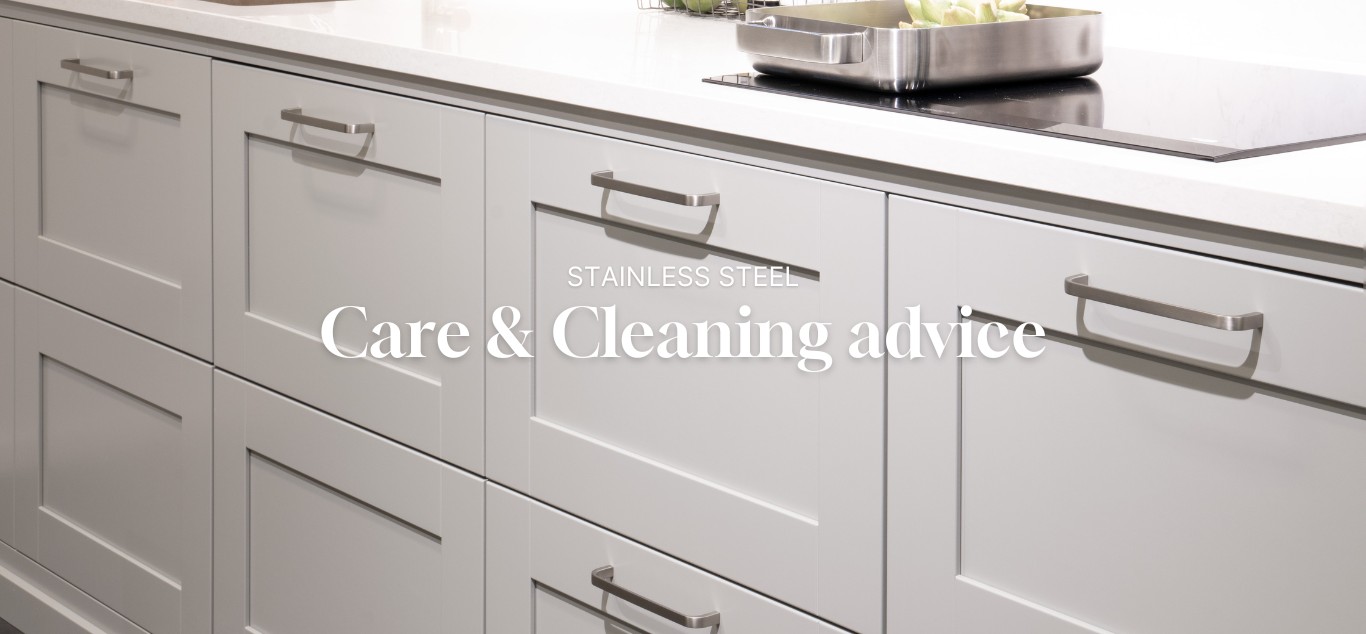
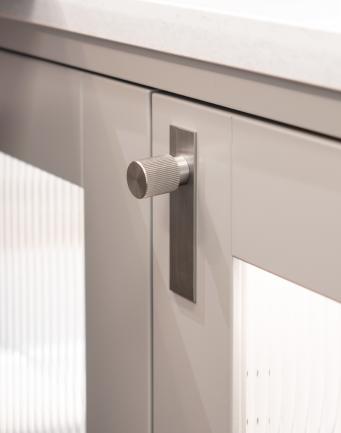
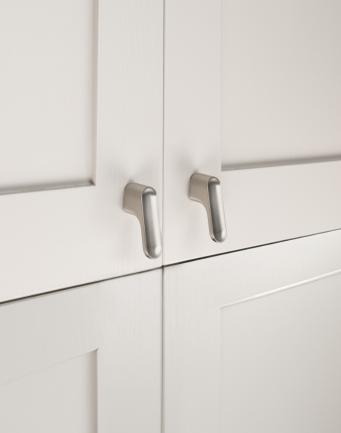
How does rust and stains occur on stainless steel?
You're probably wondering why stainless steel rusts. There isn't a straightforward answer, but here are some factors that influence it:- Products are placed in environments exposed to air pollution, salt solutions, or areas with very high chlorine levels.
- The product has a rough surface finish, making it easier for corrosive substances to adhere. Corrosive substances can be found in drain cleaners and toilet cleaners, among others. Corrosion is a way for the metal to rid itself of the corrosive substances it's attacked by. This process is what we call rust.
- Products made of stainless steel are placed in confined spaces where moisture lingers.
- The screw is made of regular steel or has direct contact with unalloyed steel.
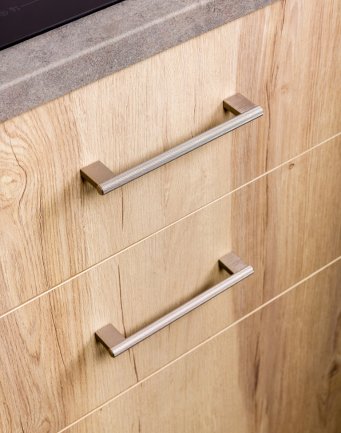
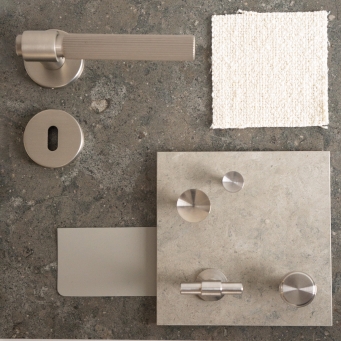
Preventive measures:
Of course, you want your new products to stay looking nice for a long time. We recommend the following to prevent the occurrence of rust and stains:- Take into account moisture, air pollutants such as soot, sulfur dioxide, or saltwater when choosing a location for your stainless steel details.
- Use screws of the same stainless steel quality as the product. The screws we provide are specially selected for each product.
- Avoid using cleaning agents; plain water works best.
- Use clean tools during assembly that are free from residues of regular unalloyed steel (commercial steel or carbon steel) in the form of shavings and iron particles.
- Avoid using steel brushes and steel wool made of unalloyed steel.
- Avoid steel blasting with regular steel sand or regular sand.
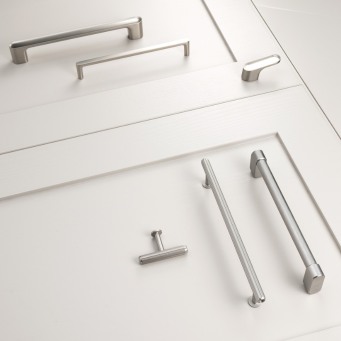
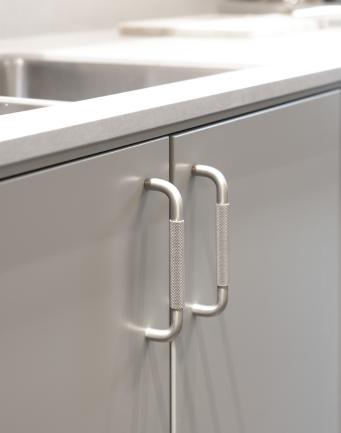
Here's how to remove stains and discoloration:
If the stainless steel product has acquired stains or discoloration that cannot be removed with a damp cloth, we recommend the following cleaning methods:- Wash the product with alcohol, such as thinner or acetone. Then rinse thoroughly with cold water.
- Use a mild abrasive detergent, such as scouring powder. If the product has a visible surface texture, we recommend rubbing in the same direction, then rinsing with clean, cold water.
- Use a 10 percent phosphoric acid solution, then rinse with diluted ammonia solution, and finally with clean, cold water. Phosphoric acid is usually purchased in 80-85% concentration, so it needs to be diluted with water before use.
- Gently rub with a cleaning sponge that is soft on one side and slightly tougher on the other. Follow any visible surface texture. Then rinse with cold, clean water.
- After all cleaning, it is important to wipe dry with a clean towel so that the product becomes properly dry.
- A rule of thumb is to avoid hot water as it can initiate a chemical reaction on the product - use cold water!
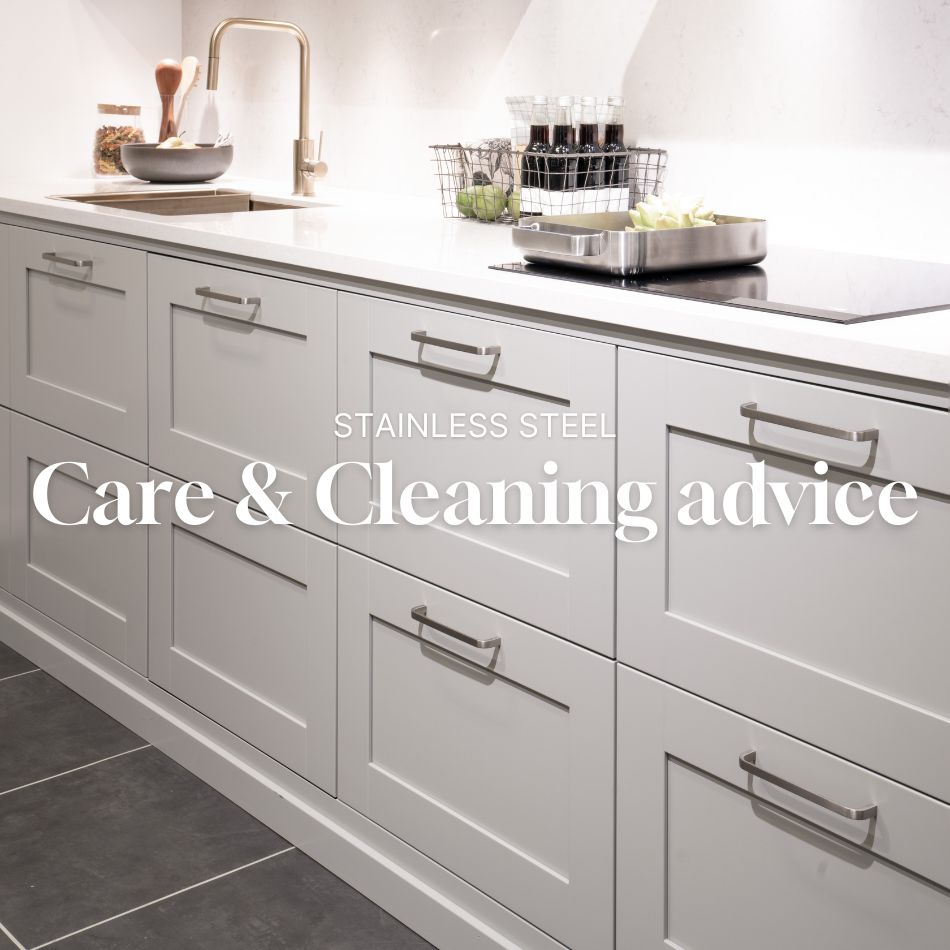
How does rust and stains occur on stainless steel?
You're probably wondering why stainless steel rusts. There isn't a straightforward answer, but here are some factors that influence it:- Products are placed in environments exposed to air pollution, salt solutions, or areas with very high chlorine levels.
- The product has a rough surface finish, making it easier for corrosive substances to adhere. Corrosive substances can be found in drain cleaners and toilet cleaners, among others. Corrosion is a way for the metal to rid itself of the corrosive substances it's attacked by. This process is what we call rust.
- Products made of stainless steel are placed in confined spaces where moisture lingers.
- The screw is made of regular steel or has direct contact with unalloyed steel.

Preventive measures:
Of course, you want your new products to stay looking nice for a long time. We recommend the following to prevent the occurrence of rust and stains:
- Take into account moisture, air pollutants such as soot, sulfur dioxide, or saltwater when choosing a location for your stainless steel details.
- Use screws of the same stainless steel quality as the product. The screws we provide are specially selected for each product.
- Avoid using cleaning agents; plain water works best.
- Use clean tools during assembly that are free from residues of regular unalloyed steel (commercial steel or carbon steel) in the form of shavings and iron particles.
- Avoid using steel brushes and steel wool made of unalloyed steel.
- Avoid steel blasting with regular steel sand or regular sand.

Here's how to remove stains and discoloration:
If the stainless steel product has acquired stains or discoloration that cannot be removed with a damp cloth, we recommend the following cleaning methods:- Wash the product with alcohol, such as thinner or acetone. Then rinse thoroughly with cold water.
- Use a mild abrasive detergent, such as scouring powder. If the product has a visible surface texture, we recommend rubbing in the same direction, then rinsing with clean, cold water.
- Use a 10 percent phosphoric acid solution, then rinse with diluted ammonia solution, and finally with clean, cold water. Phosphoric acid is usually purchased in 80-85% concentration, so it needs to be diluted with water before use.
- Gently rub with a cleaning sponge that is soft on one side and slightly tougher on the other. Follow any visible surface texture. Then rinse with cold, clean water.
- After all cleaning, it is important to wipe dry with a clean towel so that the product becomes properly dry.
- A rule of thumb is to avoid hot water as it can initiate a chemical reaction on the product - use cold water!


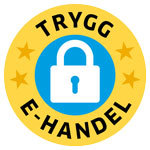
 Retro
Retro  Country
Country Modern
Modern

























